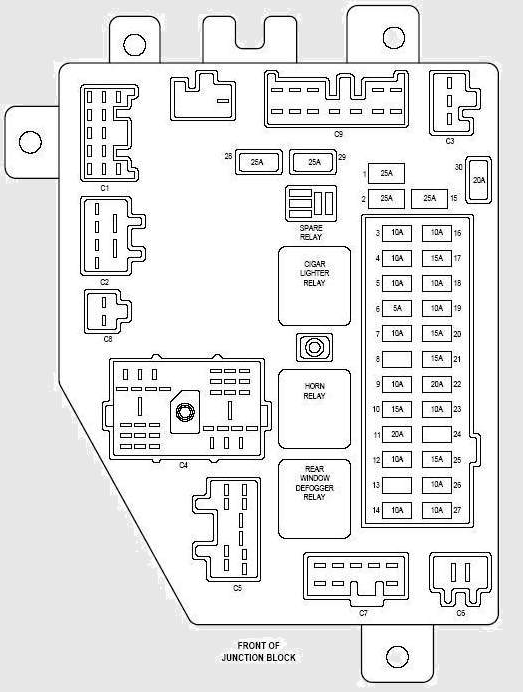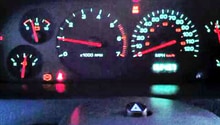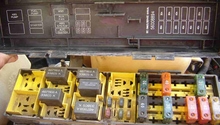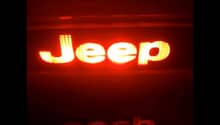Jeep Grand Cherokee 1999-2004: Why is the ABS Light On?
Even though your vehicle will stop, your ABS system may not assist you when you need it the most.
This article applies to the Jeep Grand Cherokee WJ (1999-2004).
Anti-lock brakes are one of the best safety features on your Jeep. Using it can get your Jeep stopped quicker than humanly possible. If you remember stopping cars before the ABS, you remember how long and scary it could be as you pump the brakes and hope. The ABS (anti-lock brake system) applies and releases the brakes that are on firm ground until the vehicle is under control. The ABS light being on means the system has detected an issue that needs attention. You can fix most issues yourself and save some cash.


Materials Needed
- Scraper
- Flashlight
- Brake cleaner spray
- Dielectric grease
Step 1 – Check fuses and wiring
A blown fuse or bad wire is simple.
A blown ABS pump fuse is the simplest fix. Check to be sure there are no blown fuses and replace them if there are. To check for blown fuses, pull the fuse that could be the offending unit and visually inspect inside of the it; a blown fuse will have the wiring inside of it split in two pieces. Check the wiring at the pump to make sure it runs to the wheel sensors, and repair any that look bad. This is another easy fix that is basically free.

Step 2 – Check for ABS trouble codes
The stored code from the ABS computer can tell you the issue.
The ABS system is controlled by the Body Control Module (BCM). The data link connector for the BCM is behind the dash, under the carpet. The local auto supply will not be able to access the BCM with the reader they have. Either a dealer or a large independent shop can. Any code stored will get you close to the problem. An example is code 32, which points to the rear speed sensor circuit. Now you can check the wiring from the ABS module to the rear wheel sensor again. Be sure to check all connectors for good contact.
Pro Tip
Use dielectric grease to seal contacts at the connectors.
Step 3 – Check wheel speed sensors
Speed sensors provide data to the ABS controller.
The wheel sensor counts how fast each wheel is turning and send all speed data back to the control module. The wheel sensor is an electronic part that can go bad, especially with the tough environment it lives in. The sensor can get dirty, especially if you are off road, so it may just need to be cleaned out. The other part of the sensor is the tone ring, which is metal and really can't go bad.

Pro Tip
Metallic brake dust can build up on the sensor and cause no end of problems.
Step 4 – Check ABS control module
A bad module will certainly trip the ABS light.
Of course a bad controller will trip the light as it should. A rebuilt one from the auto supply will run about $100. It is a common issue with Cherokees and will set a trouble code.

Pro Tip
Some people repair the module themselves, but that is an advanced level repair. It's often easier in the end just to replace it.
Step 5 – Check the ABS pump
The ABS pump makes the system work.
It is unusual for the pump to go bad; although, some (for certain years) were involved in a recall. Check to see if your Cherokee was included. They are not cheap; a used one is around $100, while a new one $400.

Pro Tip
If none of these have solved the issue, it is fine to have a pro investigate.
Related Discussions
- ABS Light On - CherokeeForum.com
- ABS Light Stays On - CherokeeForum.com
- ABS Light - CherokeeForum.com
- ABS Light On and Off - CherokeeForum.com






